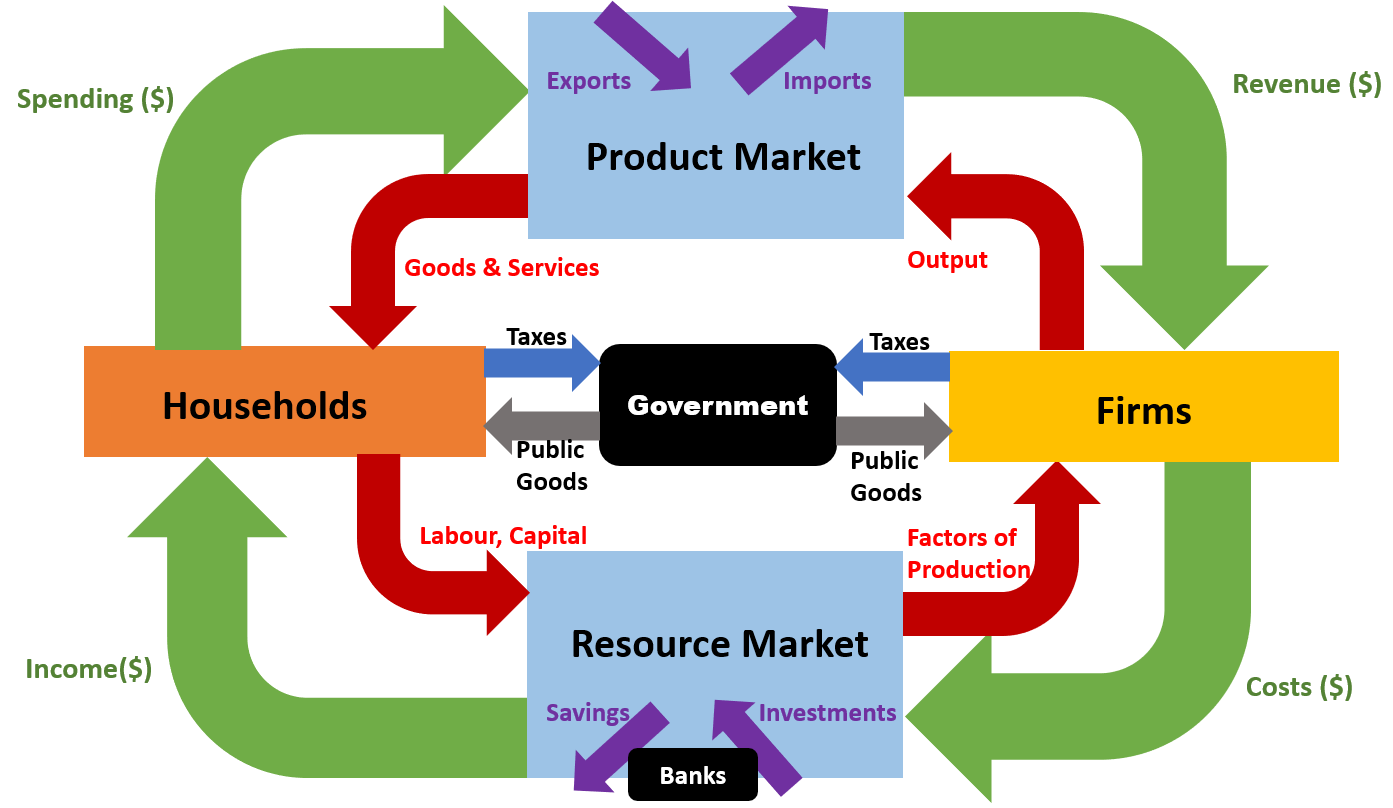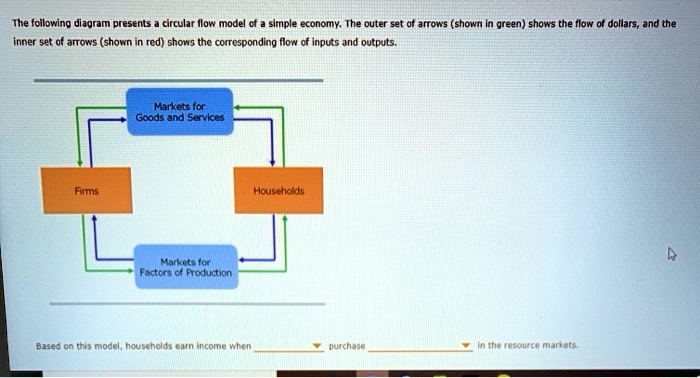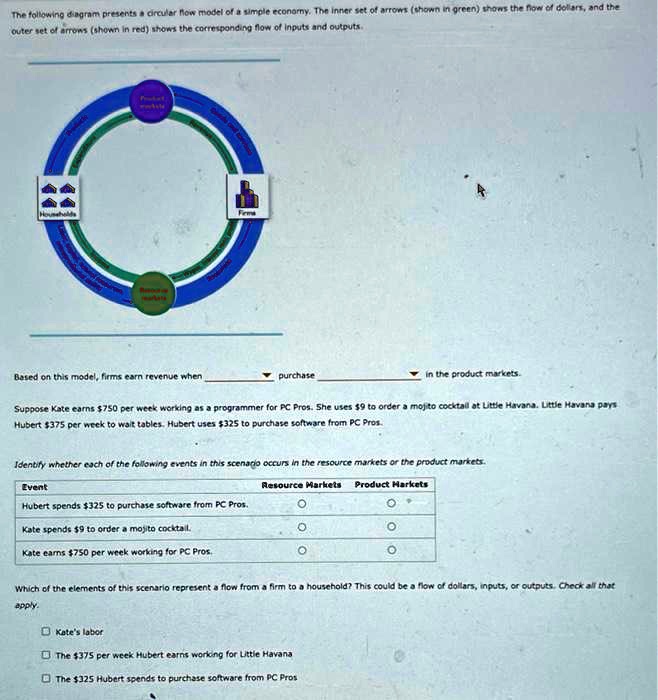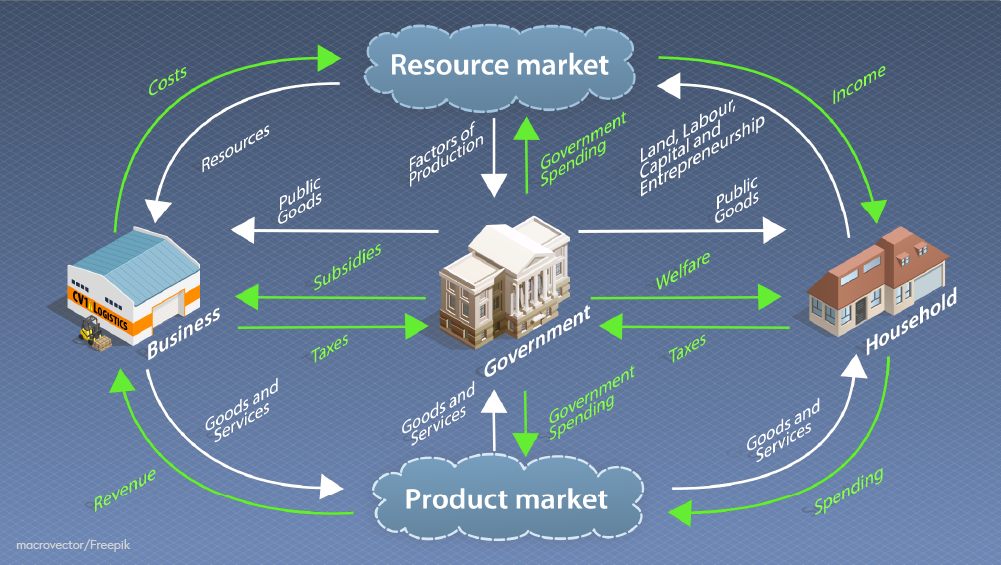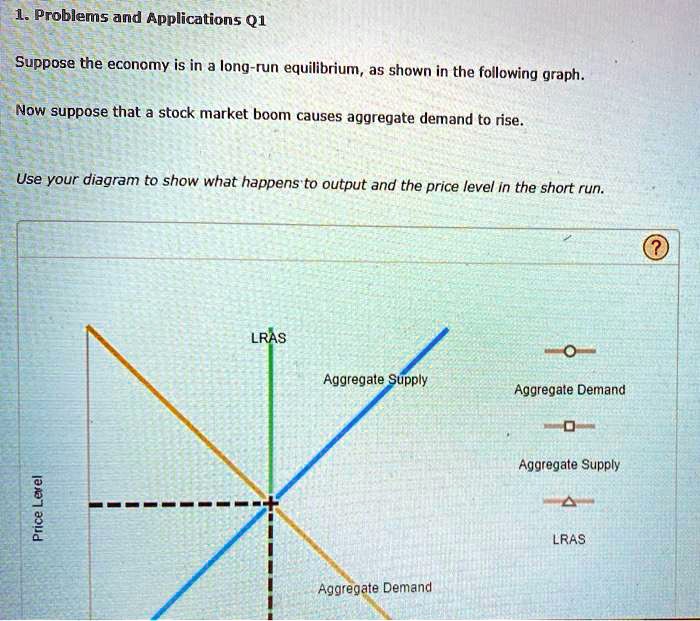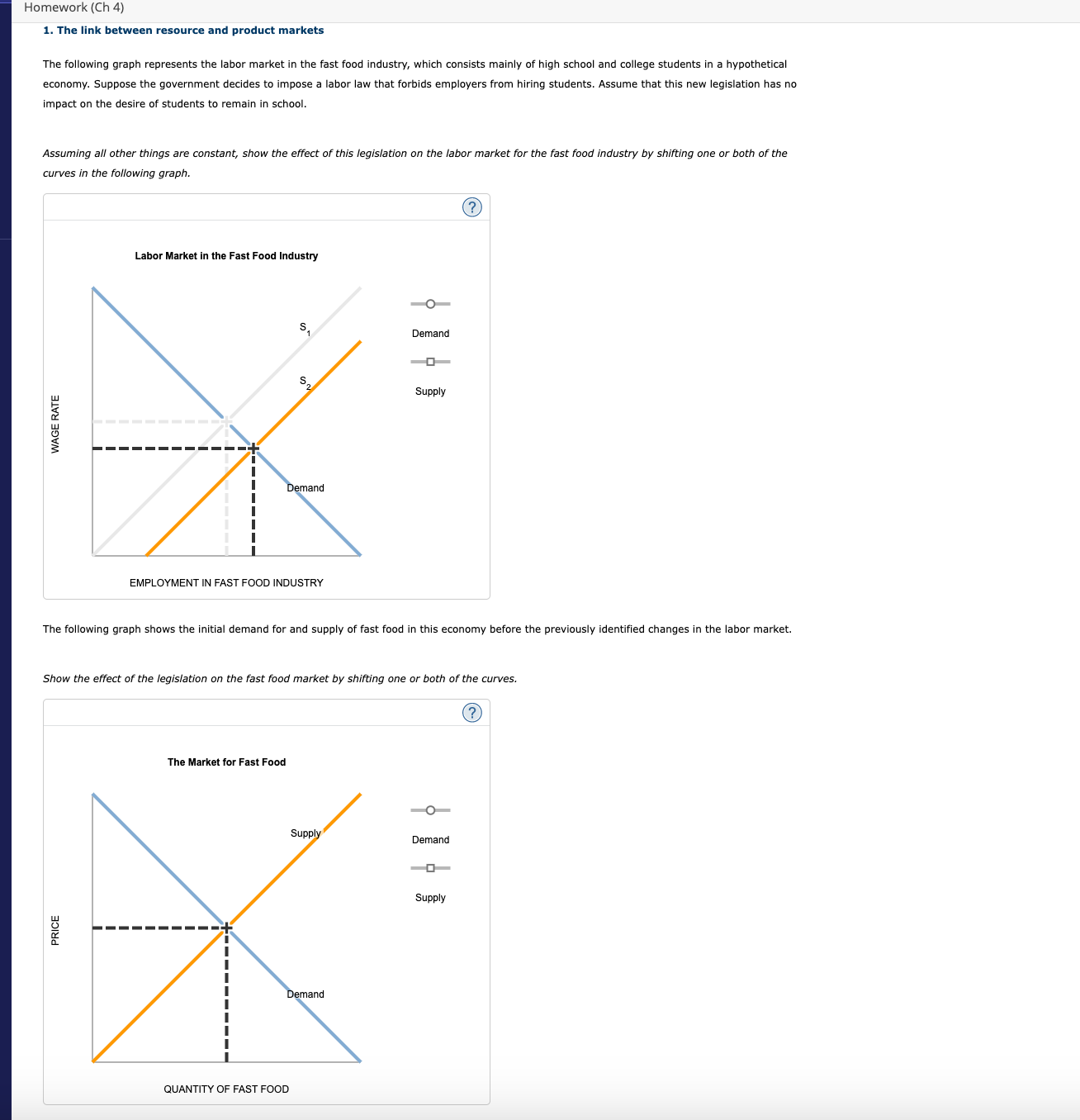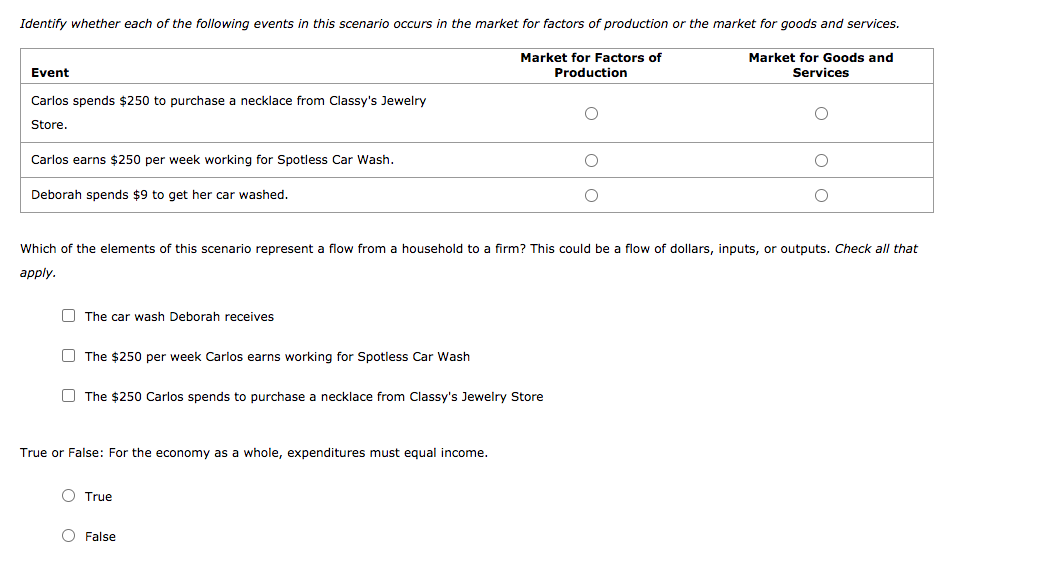Which Of The Following Occur In The Resource Market

Imagine a bustling town square, not filled with farmers selling produce, but with companies vying for skilled workers, investors seeking promising ventures, and entrepreneurs pitching innovative ideas. This isn't a scene from a novel, but a glimpse into the dynamic world of the resource market, where the essential ingredients for production—labor, capital, and land—are bought and sold.
At its core, the resource market is where businesses acquire the factors of production necessary to create goods and services. Understanding this market is crucial because it impacts everything from wages and employment to investment and economic growth. This article will delve into the intricate workings of this often-overlooked aspect of our economy, shedding light on the key activities that shape its landscape.
The Foundation: Factors of Production
Before we dive into the specifics, let’s clarify what constitutes a resource in this context. Traditionally, resources are categorized into three main areas: labor, capital, and land.
Labor encompasses the human effort, both physical and mental, required to produce goods and services. Capital refers to the tools, equipment, and infrastructure used in production, like machinery and factories. Land includes natural resources, such as minerals, forests, and fertile land itself, contributing to the raw materials needed for production.
Activities within the Resource Market
So, what exactly occurs in the resource market? It's a multifaceted arena where several key activities take place.
Hiring of Labor
Perhaps the most visible activity is the hiring of labor. Businesses post job openings, conduct interviews, and ultimately employ individuals in exchange for wages or salaries.
This process is influenced by various factors, including the supply of available workers, the demand for specific skills, and government regulations like minimum wage laws. The dynamics of labor unions also play a crucial role in wage negotiation and working conditions.
Allocation of Capital
Another key activity is the allocation of capital. This involves businesses seeking funding to invest in equipment, technology, and infrastructure.
Companies can obtain capital through various means, such as loans from banks, investments from venture capitalists, or by issuing stocks and bonds in the financial markets. The interest rates and terms of these capital acquisitions significantly affect business expansion and innovation. For example, the Small Business Administration (SBA) provides resources to small business owners to allow them to invest in capital.
Land Acquisition and Leasing
The acquisition and leasing of land is another fundamental activity. Businesses require land for various purposes, including building factories, establishing offices, or extracting natural resources.
The availability and cost of land can significantly impact a business's location decisions and overall operating expenses. Zoning regulations and environmental considerations also play a vital role in determining land usage.
Resource Pricing
Resource pricing is a continuous process within the resource market. The prices of labor, capital, and land are determined by the interplay of supply and demand.
For instance, if there's a shortage of skilled software engineers, the wages offered to them will likely increase. Similarly, interest rates on loans can fluctuate based on the overall demand for capital and the perceived risk of lending.
Skill Development and Training
Skill development and training initiatives are crucial for the long-term health of the resource market. Companies and educational institutions invest in training programs to enhance the skills and productivity of the workforce.
Government policies that support vocational training and apprenticeships can also play a significant role in addressing skill gaps and promoting economic growth. According to the Bureau of Labor Statistics, jobs requiring specialized skills are projected to grow faster than average over the next decade, highlighting the importance of continuous learning.
Investment in Natural Resources
The investment in natural resources represents a critical aspect of the resource market. This involves exploration, extraction, and processing of resources such as minerals, oil, and timber.
These activities are often capital-intensive and subject to environmental regulations. The prices of natural resources are influenced by global demand, geopolitical factors, and technological advancements.
The Interconnectedness
It's crucial to recognize that these activities are not isolated events. They are interconnected and influence each other in complex ways.
For example, increased investment in skill development can lead to a more productive workforce, which in turn can attract more capital investment. Similarly, fluctuations in land prices can affect the profitability of businesses and their ability to hire labor.
The Significance of the Resource Market
The resource market has far-reaching implications for individuals, businesses, and the overall economy.
For individuals, it determines employment opportunities, wages, and career prospects. For businesses, it influences production costs, competitiveness, and profitability. On a macro level, the resource market affects economic growth, innovation, and the distribution of wealth.
Understanding the dynamics of the resource market is crucial for policymakers, businesses, and individuals alike. By fostering a healthy and efficient resource market, we can create a more prosperous and equitable society.
Looking Ahead
As technology continues to evolve and the global economy becomes increasingly interconnected, the resource market will undoubtedly undergo further transformation.
Automation and artificial intelligence are likely to impact the demand for certain skills, requiring workers to adapt and acquire new competencies. Sustainable resource management will become increasingly important as we strive to balance economic growth with environmental protection.
The resource market is not a static entity, but a dynamic and ever-evolving landscape. By understanding its intricacies and embracing its challenges, we can pave the way for a more sustainable and prosperous future for all.
The future of the resource market lies in our collective ability to adapt, innovate, and collaborate to create a system that benefits both businesses and individuals alike. This includes initiatives that encourage continuous learning, promote sustainable practices, and foster a level playing field for all participants.
Ultimately, the resource market is a reflection of our values and priorities. By prioritizing human capital, fostering innovation, and protecting our natural resources, we can create a resource market that drives sustainable growth and prosperity for generations to come. It's a complex system, but with a deeper understanding and a commitment to positive change, we can harness its power for the greater good.
